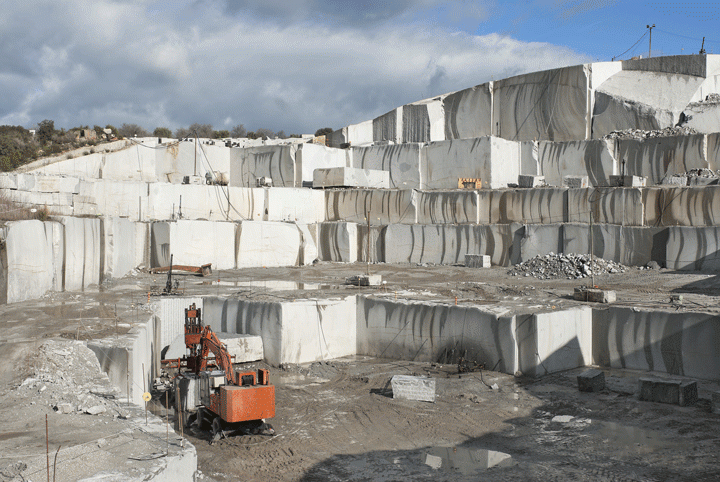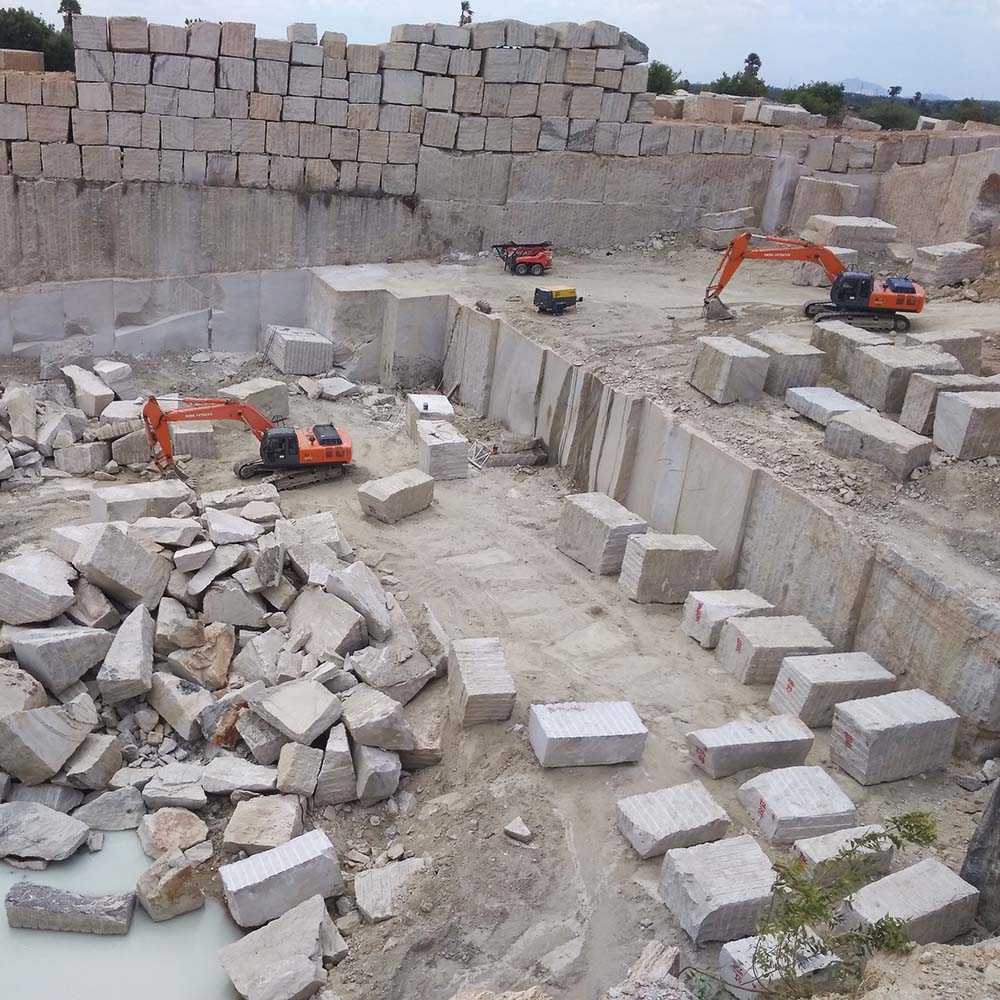Diving into of Granite Quarries in South Africa
Diving into of Granite Quarries in South Africa
Blog Article
Unearthing the Rich Background and Sustainable Practices of Granite Quarrying
As we base on the precipice of uncovering the complex tapestry of granite quarrying, a journey with time discloses not just the physical act of removing rock however additionally the cultural and historical value woven into the extremely textile of this method. From the old origins that laid the structure for modern-day quarrying methods to the lasting methods that are shaping the future of this market, each chisel mark on granite surface areas informs a tale waiting to be uncovered (granite quarries in south africa). The tradition of granite quarrying stretches much past mere removal; it is a testament to human resourcefulness, resilience, and the enduring appeal of this stunning rock
Ancient Origins of Granite Quarrying
Going back to old worlds, the technique of quarrying granite has been an important component of human background and architectural advancement. The earliest evidence of granite quarrying go back to old Egypt, where huge pyramids and detailed sculptures were crafted from this durable rock. The Egyptians utilized primitive devices to extract granite blocks from quarries, showcasing the importance of this product in their monumental buildings.
Moving on in history, the Greeks additionally made significant contributions to the quarrying of granite. The Greeks used granite in different building wonders, such as holy places and statues, showing their skill in shaping and sculpting this durable stone. The Romans better fine-tuned the methods of quarrying granite, using sophisticated tools like blades and hammers to remove and shape granite for their iconic structures.
Through the centuries, the practice of quarrying granite has developed, with modern-day innovations boosting efficiency while preserving the timeless charm of this natural rock - granite quarries in south africa. From old worlds to modern builders, the tradition of granite quarrying continues to form our world
Development of Quarrying Techniques
The advancement of quarrying techniques has actually been noted by a continuous development in the direction of better performance and precision in extracting granite. From the simple techniques utilized by our ancestors to the advanced innovations used in modern-day quarrying procedures, the industry has undergone substantial advancements. Early quarrying methods included manual work with fundamental tools such as chisels, hammers, and wedges to draw out granite blocks from the planet. As civilizations advanced, techniques like fire-setting and primitive explosives were introduced to promote the extraction process.
In even more recent times, the development of machinery transformed the quarrying industry, enabling quicker removal rates and boosted performance. Technologies such as diamond cord saws, high-pressure water jets, and pneumatic drills have come to be common in modern quarries, permitting accurate cutting and minimized waste. Developments in computer-controlled devices and 3D modeling have actually enhanced quarrying operations, leading to very little environmental influence and boosted sustainability methods. As the demand for granite remains to climb, the development of quarrying techniques remains essential to conference industry needs efficiently and sustainably.
Cultural Significance of Granite
Granite holds a profound social value across various people due to its enduring visibility in architectural work of arts and respected monuments. The social importance of granite extends past its physical qualities; it personifies durability, stability, and eternity, making it a symbol of sustaining traditions and practices.

Lasting Practices in Quarrying
Among the abundant background of granite quarrying and its cultural relevance exists an expanding focus on sustainable methods within the market. As environmental understanding and issues regarding resource depletion have actually heightened internationally, the quarrying sector has actually increasingly welcomed sustainable approaches to reduce its influence on the environment and surrounding neighborhoods.

Additionally, reclamation and recovery of quarry sites post-extraction are indispensable to sustainable techniques. By restoring quarried locations to a natural or advantageous state, such as developing wildlife environments or recreational rooms, quarriers can balance out the ecological footprint of their procedures and add favorably to the regional ecological community.
Tradition of Granite Quarrying
With a historical background steeped in workmanship and industrial progression, what enduring effect has granite quarrying left on the landscape of modern-day culture? The tradition of granite quarrying transcends simple extraction techniques; it has formed building marvels, metropolitan landscapes, and social heritage worldwide. The resilient nature of granite has made it a favored option for monuments, buildings, and infrastructure, standing as a testimony to the skill and visit the site creativity of quarry employees across generations.
Furthermore, the financial impact of granite quarrying can not be forgotten. The industry proceeds to give employment possibility and drive regional economic situations in regions where granite extraction prevails. It has actually likewise spurred technical advancements in quarrying strategies and tools, bring about extra effective and sustainable practices.
In terms of sustainability, the legacy of granite quarrying consists of initiatives to reduce environmental influences through improvement projects and accountable resource monitoring. By balancing economic interests with environmental stewardship, the market strives to make certain that future generations can remain to benefit from this enduring natural deposit.
Verdict

Report this page